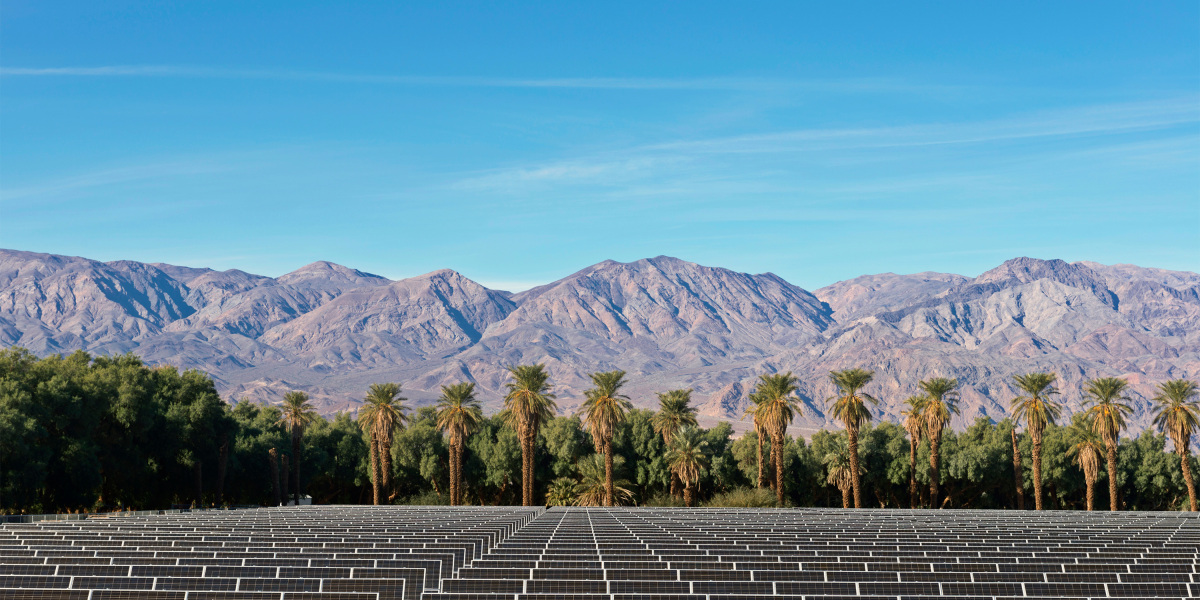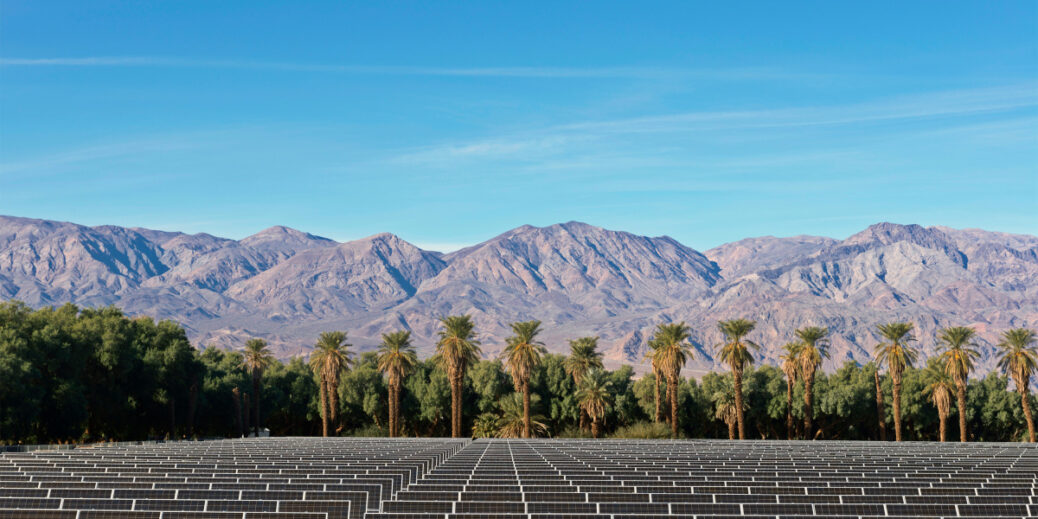
This could soon become a broader problem as well.
“California is a little sneak peak of what is in store for the rest of the world as we dramatically scale up solar,” says Zeke Hausfather, director of climate and energy at the Breakthrough Institute, and author of the report.
That’s because while solar accounts for about 19% of the electricity California generates, other regions are rapidly installing photovoltaic panels as well. In Nevada and Hawaii, for instance, the share of solar generation stood at around 13% in 2019, the study found. The levels in Italy, Greece and Germany were at 8.6%, 7.9% and 7.8%, respectively.
The race
So far, heavy solar subsidies and the rapidly declining cost of solar power has offset the falling value of solar in California. So long as it gets ever cheaper to build and operate solar power plants, value deflation is less of a problem.
But it’s likely to get harder and harder to pull off that trick, as the state’s share of solar generation continues to climb. If the cost declines for building and installing solar panels tapers off, California’s solar deflation could pull ahead in the race against falling costs as soon as 2022 and climb upward from there, the report finds. At that point, wholesale pricing would be below the subsidized costs of solar in California, undermining the pure economic rationale for building more plants, Hausfather notes.
The state’s SB 100 law, passed in 2018, requires all of California’s electricity to come from “renewable and zero-carbon resources” by 2045. By that point, some 60% of the state’s electricity could come from solar, based on a California Energy Commission model.
The Breakthrough study estimates that the value of solar–or the wholesale average price relative to other sources–will fall by 85% at that point, decimating the economics of solar farms, at least as California’s grid exists today.
How do we fix it?
There are a variety of ways to ease this effect, though no single one is likely a panacea.
The solar sector can continue trying to find ways to push down solar costs, but some researchers have argued it may require shifting to new materials and technologies to get to the dirt-cheap levels required to outpace value deflation.
Grid operators can add more energy storage—although that approach gets extremely expensive once renewables provide the vast majority of electricity on the grid, study after study finds. States or nations could also boost subsidies for solar power; add more long-distance transmission lines to allow regions to swap clean electricity as needed; or incentivize customers to move energy use to times of day that better match with periods of high generation.
The good news is that each of these will help to ease the transition to clean electricity sources in other ways as well, but they’ll also all take considerable time and money to get underway.
The California solar market offers a reminder that the climate clock is ticking.



Recent Comments